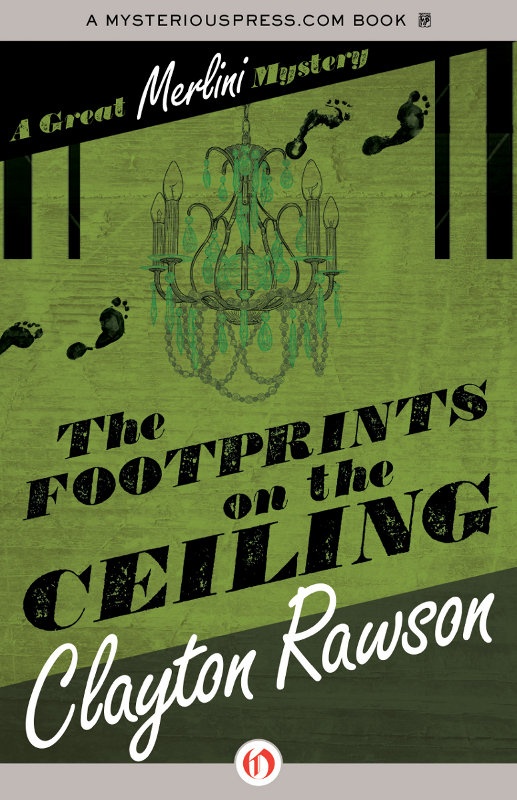
![]()
![]()
![]()
![]()
![]()
When Dee Allison’s itinerant uncle Jonas Breen pulls one of his sudden appearing acts and then promptly dies, leaving the overwhelming majority of his fortune to his newly-on-the-scene 18 year-old daughter Laila, the problems sown in the family are only just beginning. When the unworldly Laila runs away from home, unaware that she has eaten poisoned food which has already killed their housekeeper, Dee and her fiancée Andy Talbot are in a race against time to find the young woman before she, too, succumbs. And with some elements of the family possibly happier if Laila were dead, since that would solve their own financial woes, well, then you have a plot on the boil.







 I was pretty much goaded into this, you should know. Ben at The Green Capsule is diversifying his blogging to extend beyond the works of John Dickson Carr, and the first book he chose was
I was pretty much goaded into this, you should know. Ben at The Green Capsule is diversifying his blogging to extend beyond the works of John Dickson Carr, and the first book he chose was 